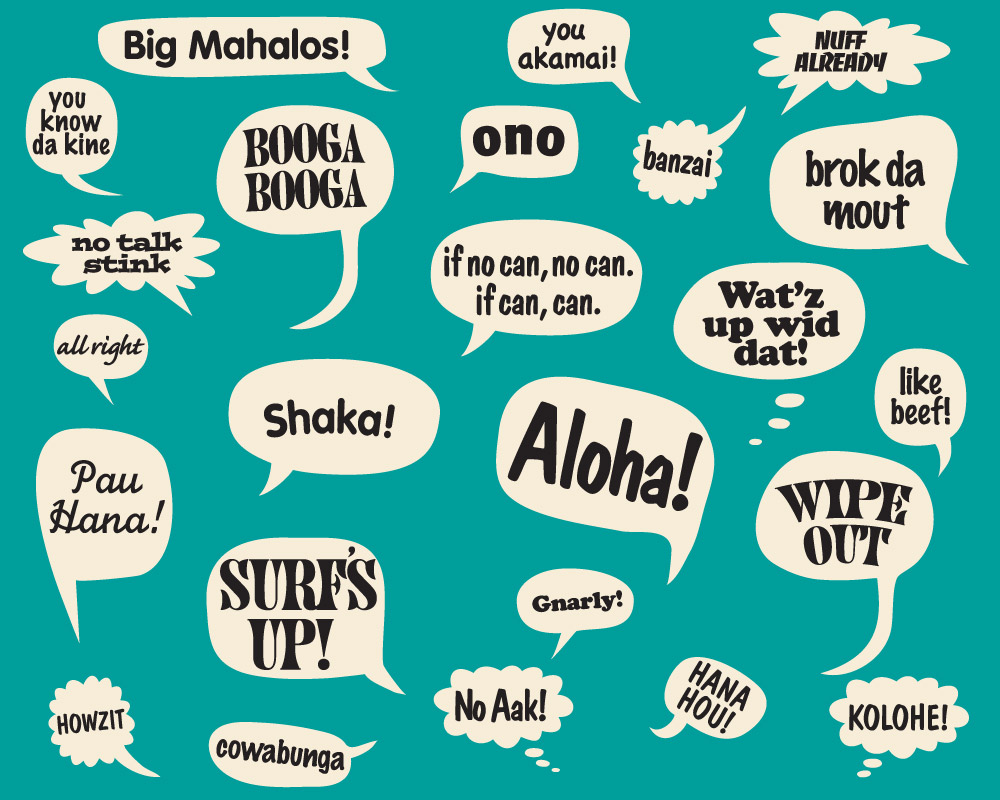Should Pidgin English Be Classed As an Official Language?
|
Font size:
The Oxford English Dictionary defines “Pidgin” as a language mixing lexical, grammatical, and phonematic features of two or more languages, typically with simplified grammar and a narrower vocabulary than the languages it stems from and used as a means of communication by people of different languages; a lingua franca.
By logical deduction, Pidgin English is a combination between English and other indigenous languages, enabling people in far-off territories who do not share a common language to communicate effectively. But where is Pidgin English spoken? Is it even an official language? Are there several varieties of Pidgin English? Sit back, relax and enjoy the read as we take a deep dive into the matter.
Is Pidgin English the only Pidgin language or are there more?
A pidgin’s journey into creole
English: This is my house.
Jamaican Patois: Dis a fi mi house.
Sounds familiar? Almost. “Dis” is the equivalent of “This”, “a fi” is the verb, which in Patois literally means “it’s for”, or in this context “stands for” or “serves as”, “mi”, which is self-explanatory and “house”, which has preserved the same form in Patois.
Let’s have a look at another example:
English: I don’t want it now, it’s for when I don’t have any other choice.
Patois: Mi nuh want it now, it a fi wen mi nuh hav no adda choice.













